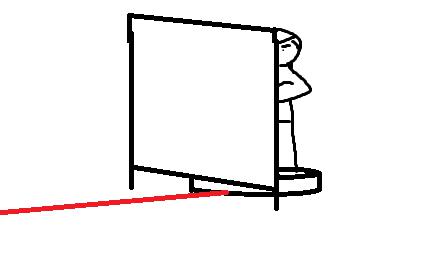Picture this:
Stormtroopers are shooting at Luke Skywalker. Luke is standing behind the wing of an X-Wing, which covers his head. The Stormtroopers have a completely clear line of sight on the rest of Luke, and there are no other obstructions on the ground between them.
Does Luke have cover?
Relevant rules section, page 23:
QuoteIf any part of a defending mini, including its base, is blocked by a piece of terrain, the player then traces an imaginary line from the center of the base of the attacker’s unit leader to the center of the base of the defending mini.
